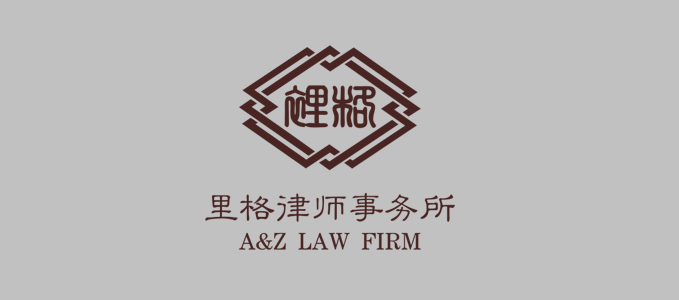New Changes: 2017 Version Of Foreign Investment Catalogue
New Changes: 2017 Version Of Foreign Investment Catalogue

New Changes: 2017 Version of Foreign Investment Catalogue
Claire Gu, European-American Desk
Image Source: Eurobiz
On June 28, 2017, the National Development and Reform Commission (“NDRC”) and the Ministry of Commerce (“MOFCOM”) jointly released the Catalogue for the Guidance of Foreign Investment Industries (Revised in 2017) (hereinafter referred to as “2017 version”), which will take effect from July 28th.
Major Changes in 2017 version compared with the 2015 version:
1.Expansion of opening-up to some extent
More or less restrictive measures now?
The 2017 Version has further reduced the restrictive measures (referring to restricted items and prohibited items).
There are a total of 63 items (including 35 restricted items and 28 prohibited items) subject to restrictive measures in the 2017 Catalogue, which is less than the 74 items (including 38 restricted items and 36 prohibited items) under the 2015 version.
It is noted that the 2017 version classifies the encouraged items which are subjected to equity ratio requirements into prohibited items.
If such 19 encouraged items were considered as a deduction, the amount of restrictive measures would decrease by 30 items.
What about the encouraged items? Something new?
The quantity of encouraged items remain basically the same (increased 6 items, deleted 7 items), the increase of which including manufacture of Virtual Reality (VR) and Augmented Reality (AR) equipment; research & development, and manufacturing of 3D printing equipment key components; the construction and operation of hydrogen refuelling stations and so on.
2.Special Administrative Measures for Access of Foreign Investments (Negative List for Access of Foreign Investments, hereinafter referred to as Negative List) being fully implemented.
Different from the prior three-part structure consisting of Encouraged Categories, Restricted Categories, and Prohibited Categories, the 2017 version only includes Encouraged Categories and a Negative List, the latter of which further divides into “Catalogue of Restricted Foreign Investment Industries“ and “Catalogue of Prohibited Foreign Investment Industries”.
Generally speaking, Promulgating the Special Administrative Measures (Negative List) on Foreign Investment Access to the China (Shanghai) Pilot Free Trade Zone (2013)《中国(上海)自由贸易试验区外商投资准入特别管理措施(负面清单)(2013年)》 issued on September 29, 2013 first introduced the concept of “Negative List”.
Hereafter, Special Administrative Measures (Negative List) for Foreign Investment Access to Pilot Free Trade Zones《自由贸易试验区外商投资准入特别管理措施(负面清单)》 issued on April 8, 2015 expanded the said concept to all the Pilot Free Trade Zones across the country.
After this, the Negative List within the trade zone together with the Catalogue for the Guidance of Foreign Investment Industries outside the trade zone has coexisted for a period.
Along with tax reform, Record-filing of Foreign Investment Projects, foreign investment in China takes big strides toward “equal national treatment”.
As a result, many people sympathise with the official adaptation of the Negative List as an improvement in Foreign Investment policies, making efforts in transitioning from the present stage toward comprehensive Negative List administration.
In other words, the Negative List within the trade zone and the Catalogue for the Guidance of Foreign Investment Industries outside the trade zone is becoming progressively convergent.
3.Delete the restrictive measures applicable to domestic and foreign investments consistently.
The 2017 version delete the restrictive measures set forth in the 2015 Version which were applicable to domestic and foreign investments consistently, meaning the 11 items deleted from the restricted catalog and prohibited catalog shall be administrated according to the principle that domestic and foreign investments are the same. For example, neither the domestic investors nor the foreign investors shall carry out Gambling and lottery industries.
The promulgation of the 2017 Version seems it could support to increase the transparency of foreign investment, boost market economy and allow foreign investors to easily refer to it for restrictions applicable to investments under consideration in connection with the market entry, equity percentage and qualifications of senior management.
With the addition of the revision Interim Administrative Measures for the Record-filing of the Incorporation and Change of Foreign-invested Enterprises, it is expected that the Chinese government will further cut red tape and streamline approval procedures with an aim to improve business environments, and to attract foreign investors.



